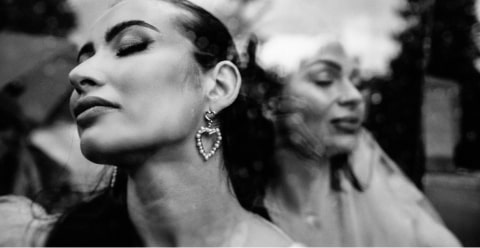When I first started my photography journey over 18 years ago, color correction was a manual process. I’d spend hours tweaking tones and hues to ensure my images looked just right. Let me just age myself quickly by saying, back then, it was all about developing a sharp eye, understanding color theory, and having the patience to manually fine-tune each photo. Fast forward to today, and while those foundational skills still matter, technology has completely transformed how we approach photo editing — which has taken professional editing to a whole new level.
I’m pulling back the curtain on how I tackle color imbalances in photos, in an attempt to spare others the painstaking agony of trying to decide whether to dive right in — combining powerful AI tools with years of hands-on editing experience.
Whether you’re just getting started or you’ve been shooting for years, these practical tips will help you fine-tune your edits and take your workflow to the next level.
AI Image Color Correction: A Gimmick or Necessity?
Let’s address the elephant in the room: Is AI color correction just a trendy gimmick, or is it something serious photographers should consider?
Here’s the way I see it — AI isn’t here to replace your creativity. Instead, it’s a tool that amplifies your workflow. I personally use Imagen because it helps me maintain a consistent editing style while saving countless hours behind the screen. While I still rely on my intuition for creative decisions, AI handles the repetitive tasks, like balancing color temperature, reducing color casts, and ensuring skin tones look natural. The tasks that drain that creative flow. It’s a necessity in today’s fast-paced photography world, where delivering high-quality work quickly is key.
So, if I have the luxury of adding an assembly line proficiency to my editing process, why not take it? Think about it: if you’re shooting a wedding with 1,000+ images, manually correcting color in each photo could take days.
With Imagen’s AI algorithm, I can batch-edit and color-correct those images, ensuring they meet my signature style while reducing editing time dramatically. That efficiency allows me to focus on what I love most — capturing moments.

AI Color Correction Photo Editing Pro Tips
Even with the most advanced AI photo editing and retouching tools, a human touch is still required. Here are some pro tips I’ve picked up over the years that can help you get the most out of AI-assisted color correction:
1. Nail Your White Balance In-Camera
I put a huge emphasis on photographing as if your raw images are your final deliverables, but we can’t have a perfect world – or perfect circumstances in every shot. AI tools like Imagen AI can correct a lot of things, but starting with proper white balance in-camera makes a huge difference. If your white balance is wildly off, you’re giving AI more work to do — and risking unnatural results. Use a gray card or set custom white balance when possible, especially in tricky lighting conditions.
2. Fine-Tune Exposure Before Running AI Correction
AI photo color correction works best when the exposure is properly set. If your image is underexposed or blown out, AI can struggle to find the right balance. How to solve this simply without interrupting your workflow? Bracketing while photographing can allow the editing software multiple exposures to choose from! This ensures the AI has a solid foundation to work with, and more downtime for the hardworking photographer.
3. Pay Attention to Skin Tones
Skin tones are one of the trickiest areas in photo editing. Whether you’re working on portraits, weddings, or lifestyle shoots, natural-looking skin tones are a must. Imagen AI excels at preserving and enhancing skin tones, but it’s still important to review each image and make manual tweaks if needed. Remember, AI is powerful, but it doesn’t always know when a client prefers warmer or cooler tones in their portraits.
4. Customize Your Editing Profile
The Imagen AI color correction software allows you to create and refine custom editing profiles based on your style. Take advantage of this feature! By training the AI on your past edits, you can ensure it reflects your unique color grading preferences, whether you prefer vibrant colors, moody tones, or something in between. Once your profile is dialed in, you’ll notice how consistently it applies your look across batches of images. Taking time to train your system allows for as little margin of error as possible, but in the end, those skin tones will find their perfection.
5. Don’t Over-Rely on Automation
While AI photo color grading tools are incredibly efficient, they’re not perfect. Always take time to review the final results. I treat AI editing as a first draft — an efficient one — but I still go through and tweak images to ensure every photo is client-ready. Trust the tool, but trust your artistic judgment more. The more you learn from each other, as the program tweaks and defines its final products to your specifications, the stronger your confidence will be in Imagen AI’s ability to deliver consistently and efficiently.
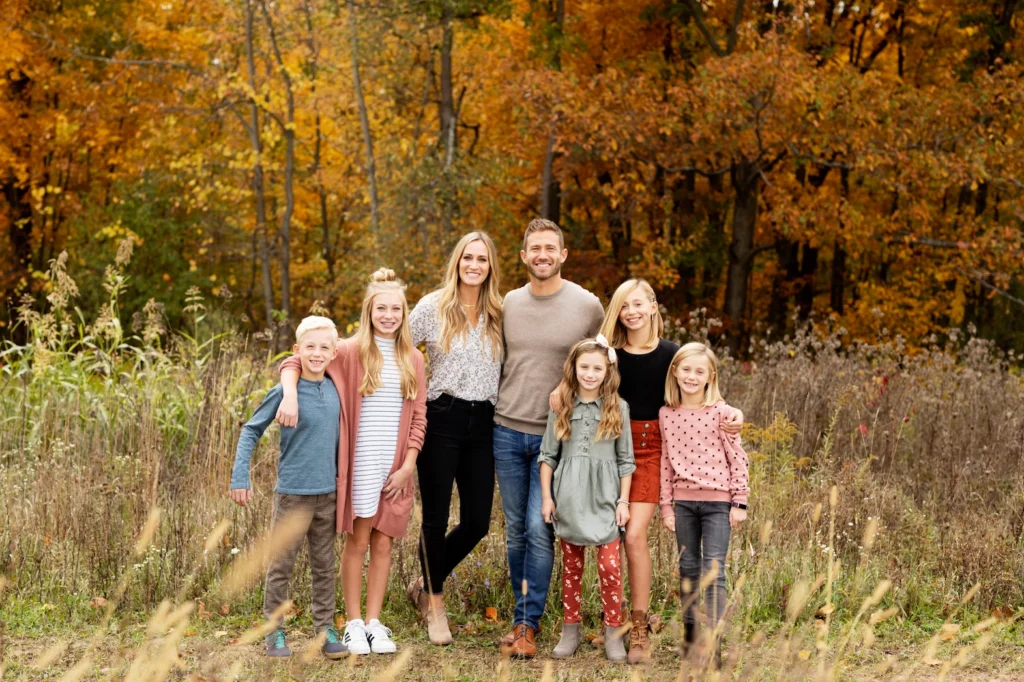
How to Use AI Image Color Grading for an Efficient Photography Business
Main Benefits Of AI Color Grading Tools for Photography
Using AI-driven color correction tools like Imagen can revolutionize your business workflow. Here are some key benefits I’ve experienced:
- Time Savings: With thousands of photos to edit per week, using Imagen AI has cut my editing time by more than half.
- Consistency: One of the hardest things for photographers is maintaining a consistent look across all images, especially in large galleries. Imagen AI ensures that my style remains uniform from start to finish.
- Focus on Shooting, Not Editing: The less time I spend editing, the more time I can invest in shooting, marketing, and connecting with clients.
- Faster Turnaround: Clients love quick turnaround times. Thanks to AI, I can now deliver edited galleries faster without compromising quality.
How It Helped Me in My Business
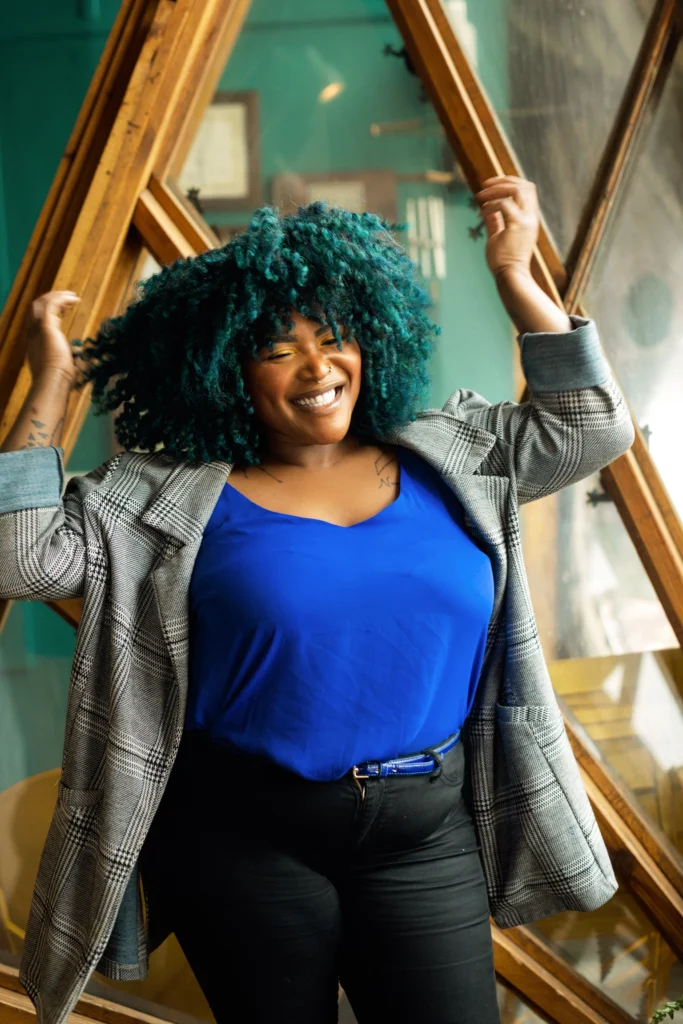

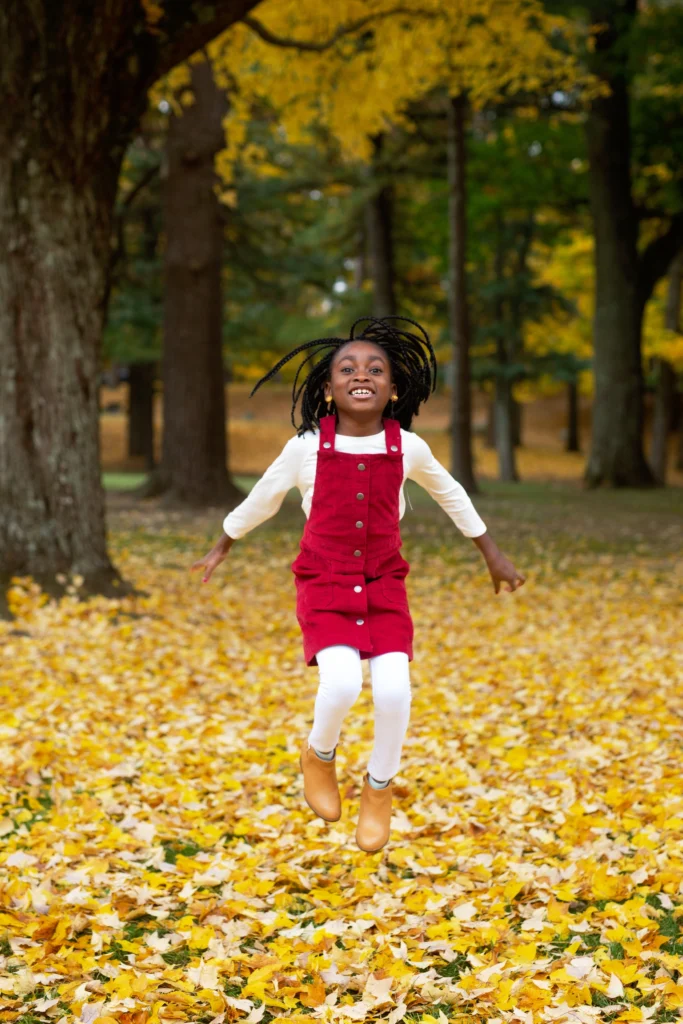
Before adopting AI photo editing, I was skeptical. I worried that relying on AI would dilute my personal style or make my images look generic. Somehow, the personal touches wouldn’t be as prevalent. What I found, however, was the opposite: Imagen AI actually helped enhance my style by freeing me from tedious tasks and letting me focus on creative decisions.
Here’s a real-world example: I shot a destination wedding last year, and with over 2,500 photos, the editing task felt daunting. Normally, this would have taken me several days. But with Imagen AI handling the initial color correction and basic edits, I was able to deliver a fully polished gallery in just 48 hours. That client? Blown away. They didn’t just appreciate the quick delivery — they noticed how every photo looked perfectly balanced, with no distracting color inconsistencies.
Conclusion: AI as Your Virtual Editing Assistant
Correcting color imbalances like a pro doesn’t mean doing everything manually anymore. With AI photo editing and color-correction tools like Imagen, we have powerful virtual editing assistants that can handle the heavy lifting while we focus on creative vision. Whether you’re a seasoned photographer or someone just starting out, embracing AI can help you work smarter, not harder.
The key takeaway? Don’t fear AI — use it. Let it complement your skills, speed up your workflow, and give you more time to do what you truly love: capturing the world through your lens.
______
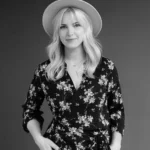
With 17 years of experience in interior design photography, Dionel Lake, the owner and leading photographer of The MittenTog has mastered the art of capturing spaces with a keen eye for detail and a love for the unexpected. Her work is vibrant, colorful, and full of life, much like the people and places she photographs.



